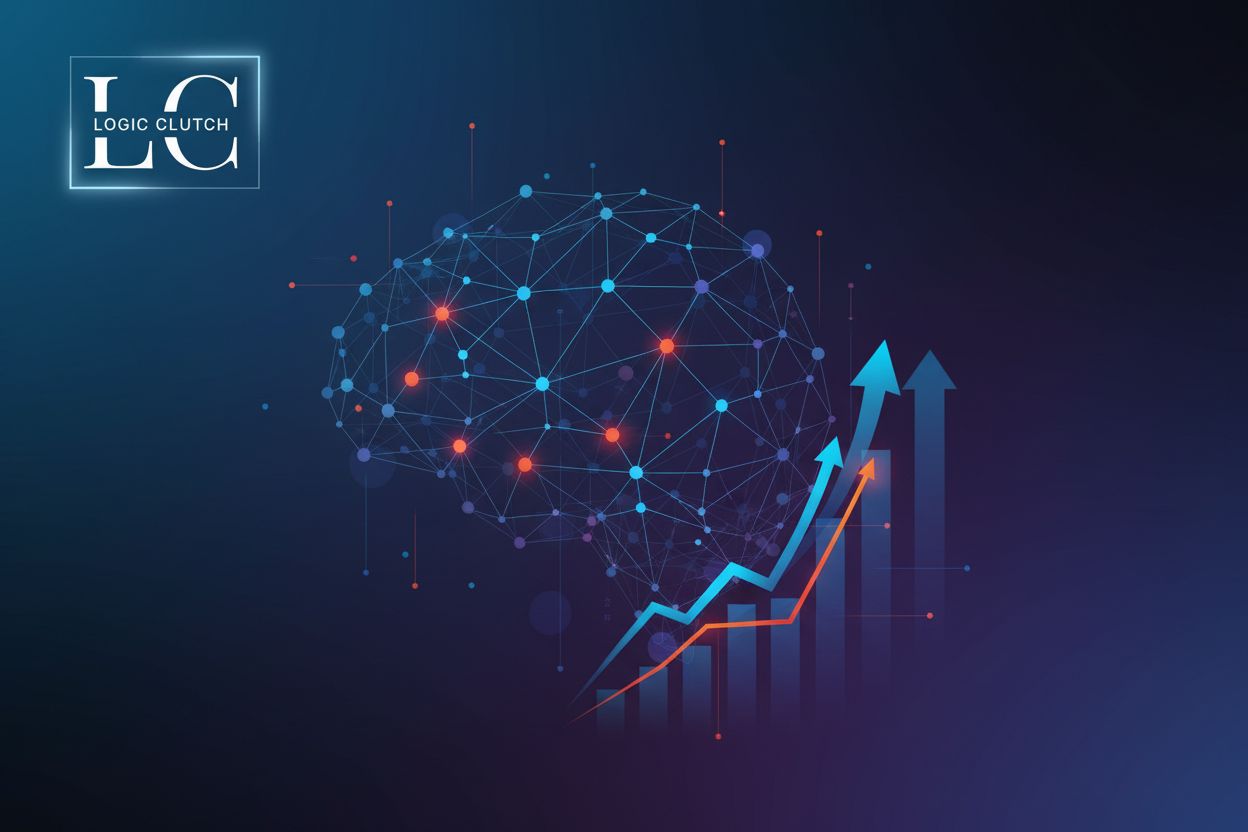Enterprise-Grade, Agile ETL and Analytics Platforms
TL;DR
Introduction: The Evolving Landscape of Data and Analytics
Wait, did you know that the amount of data created daily is, like, mind-blowing? It's something like 2.5 quintillion bytes! Crazy, right?
- The problem is that much of this valuable data gets stuck in data silos. Think of it as different departments hoarding information and not sharing. Like, the sales team has customer data, marketing has campaign results, and finance has… well, you get it.
- These silos seriously messes with data intelligence. If you can't see the whole picture, how can you make smart decisions? You can't.
- That's where integrated data solutions come in, promising to break down those walls. It's not just about collecting data, but connecting it all up so it actually means something.
It's like, imagine a hospital where patient records, lab results, and billing info are all separate. Nightmare! Integrated systems give a much richer picture – even allowing ai to suggest treatments based on patterns it sees, like identifying subtle patient history trends to recommend optimal care pathways.
Now, how do we actually do this integration? That's where ETL and analytics platforms enter the scene. These platforms are key to connecting your disparate data sources, including your Salesforce data, and preparing it for analysis.
Understanding ETL: The Foundation of Data Integration
So, what exactly is ETL? Think of it like this: you've got a bunch of ingredients scattered all over your kitchen (that's your data!), and you need to make a cake (useful insights!). ETL is the recipe that gets it done.
- Extract: First, you gotta extract those ingredients (data) from everywhere. Could be databases, spreadsheets, even some weird old system no one understands anymore.
- Transform: Next, you transform them. Chop, mix, measure – basically, clean and organize the data so it's actually usable. This is where you might fix errors, standardize formats, or combine different data points. Advanced ETL Processor Enterprise offers +500 transformation functions for this.
- Load: Finally, you load the transformed data into a data warehouse or another system where you can analyze it.
Without ETL, its just chaos. Once transformed and loaded, this organized data becomes the fuel for powerful analytics, which we'll explore next.
The Power of Analytics: Turning Data into Insights
Okay, so you've got all this data from ETL, but what's the point if you can't actually use it, right? That's where analytics swoops in to save the day!
- Think of descriptive analytics as "what happened?" Like, how many sales did we make last quarter?
- Then diagnostic analytics is all about "why did it happen?" Maybe that sales spike was due to a killer marketing campaign, or perhaps a competitor's product recall.
- Predictive analytics tries to figure out "what will happen?" Can we forecast next quarter's sales based on current trends?
And it's not just sales; hospitals can use predictive analytics to anticipate patient surges, pretty cool huh?
Key Features of Enterprise-Grade ETL and Analytics Platforms
Okay, let's talk about making sure your data is actually, y'know, safe. It's not just about having the fanciest algorithms.
- Data Quality Management is super important. You need systems that spot errors and inconsistencies before they mess everything up. Think typos in customer addresses.
- Then there's data masking and encryption. So, if someone does get in where they shouldn't, the data is gibberish to them. Like, hospitals need this to protect patient info, you know?
- And, of course, compliance with stuff like gdpr and ccpa. It's a must, specially if you don't wanna get fined into oblivion.
Basically, you gotta treat your data like it's Fort Knox, cause it kinda is.
Benefits of Using Agile ETL and Analytics Platforms
Wanna know what's really cool? Agile ETL and analytics platforms aren't just about speed, they're about adapting!
- Faster iterations means you can respond faster to, like, market changes, which is pretty neat. Think retailers tweaking prices on the fly based off of real-time sales data.
- It also allows for continuous improvement. You're always refining your data processes and fixing problems as they pop up.
- And, well, better alignment with business needs goes without saying, right?
Considerations for Selecting the Right Platform
Picking the right platform? It's kinda like dating – you gotta find a good match! But instead of romance, you're looking for serious data wrangling capabilities.
- First off, dive deep into vendor support and training. Can they actually help you when things go sideways? Check out online forums and reviews -- see if other users are singing praises... or venting frustrations.
- Then, think about scalability. Can the platform grow with you? If you're planning to, like, double your data volume next year, you don't wanna be stuck with a system that can't handle it.
- Don't forget security certifications. Does it meet industry standards like soc 2 or iso 27001? Security breaches are no joke, and it can cost you big time.
It's like choosing between a cozy mom-and-pop shop and a big-box retailer. A mom-and-pop shop might offer personalized support (like strong vendor support), while a big-box retailer might offer more standardized, scalable solutions (like robust scalability).
Conclusion: Embracing Agile ETL and Analytics for Data-Driven Success
So, where does all this leave us? Data's not just some tech thing, it's kinda the heart of everything now, right?
- Agile ETL and analytics? They're not a "nice to have" anymore, but the bedrock for staying competitive.
- Data intelligence is what separates companies that are merely surviving from those that are thriving.
- Embrace data-driven decisions, and, well, watch your business actually grow.
It's not just about collecting data, its about doing something with it.





